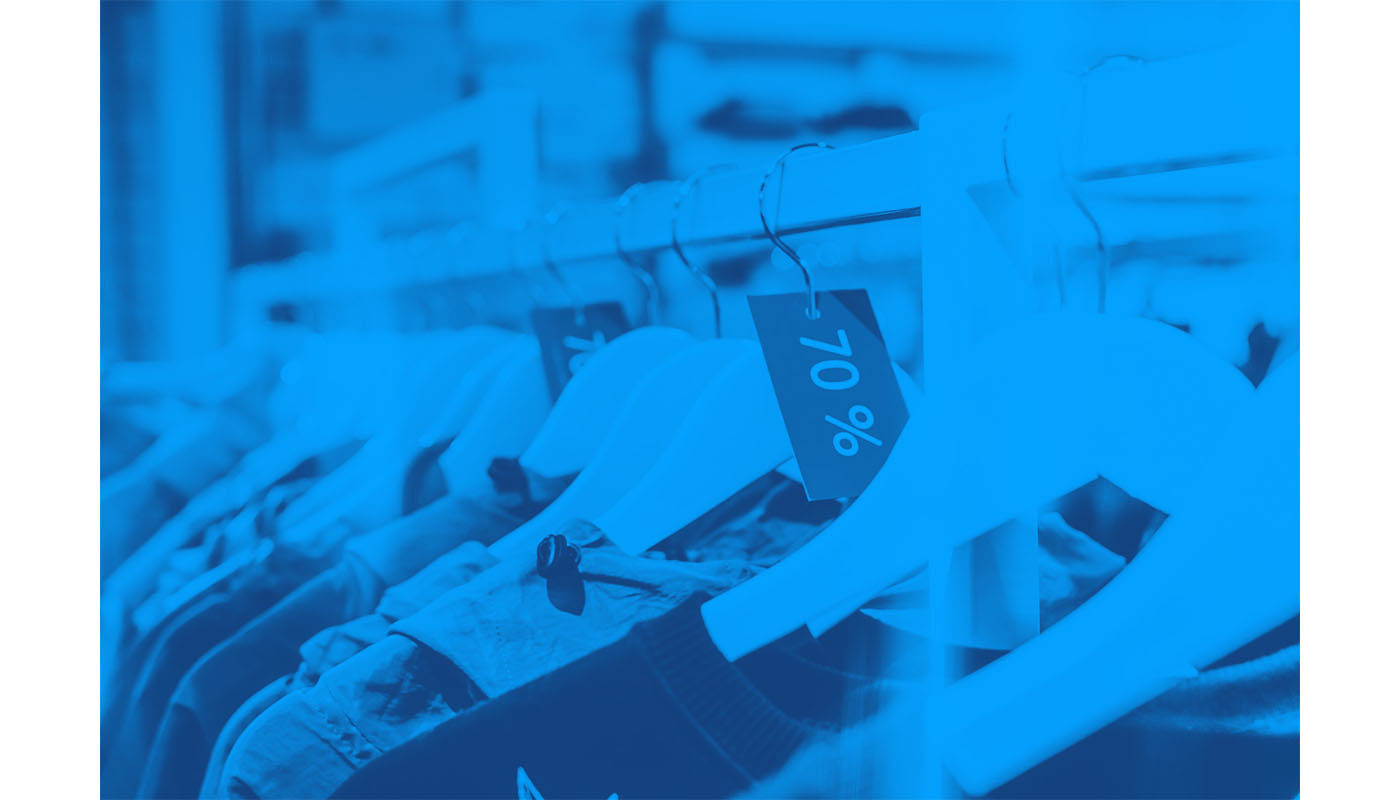Product life cycle is a well known retail concept that is vital for brands and distributors alike when they go to the market with a new product. For professionals throughout the industry guiding a product through its journey is second-nature, incorporating the concept as part of a pricing strategy, however, is not so widespread. Nevertheless, in pursuit of better turnover and margins, the PLC is an important consideration, giving you the perfect handhold to adjust your pricing strategy.
Do you want to be the cheapest for the PS5 (or the accessories for it) in its introduction phase while supply is short? Or do you introduce an innovative product that no consumer knows yet?
Do you want to step away from the RRP as a direct-to-consumer brand in the growth stage or do you wait until the product is more mature? These types of decisions should be part of your pricing strategy and can set you apart from your competitors.
How should Nokia have priced their indestructible mobile phones, whilst being in a rapid declining phase?
What is a product life cycle?
A product’s life cycle portrays the length of time a product is in the market; from the beginning of its introduction to consumers until it is removed from shelves and phased out. This cycle is often divided into four phases: introduction, growth, maturity, and decline. Depending on the relevant stage, companies will set an according strategy to achieve their desired targets. Pricing and promotions play a pivotal role in the design of these product life cycle strategies. Therefore, product life cycle management, the process of strategizing ways to continuously support and maintain a product, is seen more and more at pricing mature players and could bring real value to your company.
Introduction phase: during the introduction phase, the new product is introduced to consumers and a substantial amount of money is invested in advertising and marketing campaigns to bring awareness of the product to the customer. In this phase competition is low, but units sold will also correspondingly be quite low as well still. Consumers need to be convinced of the benefits of the product. Lots of articles never make it beyond this phase: e.g. 3D televisions.
Growth phase: when it’s shown there is proven demand for the product and consumers are buying it, the next stage will be its growth phase. This phase is punctuated by increasing demand, increasing production and an increase in the competitive landscape. Availability of the product is understandably paramount during this phase, going out of stock is unthinkable during the growth period.
The electric car is an example of a product that is currently in the midst of the growth phase.
Maturity phase: normally the maturity phase is the phase that is characterized by declining production and marketing costs due to synergies and economies of scale. During this phase the first signs of market saturation occur and most consumers or households already own the product. Sales numbers still grow, but at a slower pace. In the maturity phase, price competition becomes intense, a broader range of distribution channels are deployed and competition is more focused on competitive pricing, marginal product differences or the difference in services or promotions. This period in the PLC is often said to be the ‘cash-cow period’.
That being said, the idea of ‘Maturity from the start’ also exists. This occurs when a brand decides to launch a product extension and directly follows up the maturity phase of an earlier version of the product. For example, the iPhoneX followed up from the ‘normal’ iPhone-series and therefore the iPhoneX never had to undergo the introduction or growth phase, but immediately started in its maturity phase.
Decline phase: the final phase of the PLC is entered once the product loses market share to other, newer products and the competitive landscape becomes too hard to survive. During this stage, demand declines, companies are left with overstock with prices and margins getting depressed. Therefore retailers and brands normally start stunting with promotions during the decline of the PLC to sell their final stock.
A well-known example of a product that has been through the decline phase were the Nokia phones; sales results dramatically decreased after the introduction of the iPhone.
Brand versus Retail:
In the PLC and its connected strategies it is important to make a clear distinction between retailers and brands. Brands normally tend to use PLC strategies in a more advanced way and are usually more aware of the different strategic possibilities per stage. Retailers, however, could still gain from a lot of the benefits of incorporating PLC strategies and move dynamically over time according to the different life cycle stages their assortment is in.
It is often perceived that brands price their products against value solely. However, it eventually becomes just as important to price in line with the market during the various phases of the product lifecycle. Otherwise, price perception of consumers can be damaged heavily or for direct-to-consumer sellers it will result in consumers shifting to other parties to buy the product.
Brands could for example use a price skimming strategy for the different stages of a product life cycle: when customer demand is high due to a new release, the price is set to attract the most revenue. After the initial fervor and hype wanes, a brand adjusts price points to suit more consumers in the market. Brands might initially leverage price skimming strategies to take market attention and share away from their main rivals.
Whereas a brand sets the price neatly in line with other products and step-by-step declines the prices based on the product life cycle stage, a retailer is way more dependent on the dynamics of the market in setting their prices. As a retailer, you should be adjusting your pricing strategy depending on the phases of the life cycle. As a retailer, therefore, you need to decide between penetration pricing, or price skimming during the introduction and growth phase, whilst for example switching to more advanced stock-based pricing, promotional pricing or even MAP-pricing when the final decline stage has arrived.
How to incorporate PLC in your pricing strategy:
Introduction phase:
Retailer
As it is up to retailers to respond to the price setting and potential regulations of the brand, for them, price setting in the introduction phase is a decision based on their own companies’ strengths, unique selling points, market positioning and other factors such as supply levels.
Some of the questions you could ask yourself to determine the desired pricing strategy, are:
-Am I a first mover or one of the only ones in the market introducing this product?
-How do I want to be positioned in the market? Am I perceived as an expensive seller
or a competitive seller?
-Is there already some demand for the product?
-Is there enough supply? How are my logistics managed?
Based on the answers to these questions, most retailers either make a decision for a penetration pricing strategy or choose for a price skimming strategy.
Where a penetration strategy helps retailers to gain consumer’s attention and penetrate the market by pricing products low, a price skimming strategy is often chosen for when a retailer wants to quickly earn profit.
Brand
Although the introduction phase is characterized by uncertainties over whether a product will find favour with consumers, brands normally set a high price ceiling for new products after an intensive period of market analysis and high consumer demand during the introduction phase. In the introduction phase they will work with a value-based pricing strategy and set the price with the aim of attracting most revenue.
Brands and direct-to-consumer sellers most often use a price skimming strategy for the different stages of a product life cycle: when customer demand is high due to a new release, the price is set to attract the most revenue.
How can you better price your assortment in line with your PLC?

Growth phase:
Retailer
Normally, only industry-specialty shops will sell a relatively new product, but once the value to consumers is provided and more consumers adopt the product, more sellers will add this product to their assortment and the competitive landscape will expand.
A recent example of this is the Robotic Vacuum Cleaner. When introduced, only electronics shops, such as Mediamarkt or EP in the Netherlands offered the product. However, now that the product is moving to the final stage of the growth phase, shops such as Lidl have started selling these robotic vacuum cleaners as well. Multiple different sellers entering the market will require action in terms of your pricing strategy to stay on top of the game.
In the growth phase you therefore see different strategies being applied. One market player might want to pursue growing market share over margins protecting margins by being more competitive. Another retailer might be adopting a competitor-based strategy and will be affected by the growing number of competitors in the market. On the other hand, retailers might also still decide to pursue a price skimming strategy and wait with lowering their prices until the maturity or even decline phase kicks in.
Therefore a fair question you need to ask yourself during this lifecycle phase is: what kind of growth do you envision? Is this growth focused on market share or growth targeted to increasing margins?
Brand
During the growth phase, brands normally pursue their price skimming strategy. Although this normally transitions from a value-based perspective more into a demand-based perspective.
Maturity phase:
Retailer
During this phase, the ‘cash-cow’-stage, the focus can be shifted more towards marginal targets. As the market and the product matures, margin-based pricing strategies or more value-based pricing strategies are often used for products in this lifecycle stage.
At the end of the maturity phase, the competitive landscape will have become too intense to make profitable or even positive margins. When this happens, the PLC will transition to the next phase, the decline phase.
Brand
After the initial fervor and hype wanes, a brand adjusts price points to suit more consumers in the market. Brands might initially leverage price skimming strategies to take market attention and share away from their main rivals. During this 3rd stage, brands tend to move more towards a competitor-based strategy.
Decline phase:
Retailer
When a product in your assortment enters the final stage of the PLC, there are various questions you could ask yourself to determine the cause:
-Are my competitors gaining market share and do consumers prefer competitors over
us to buy the product from?
-Are consumers no longer interested in this product? Has a new innovation taken over?
-Does the product no longer provide profit for our company?
Normally this phase is defined by removing overstock or selling the final pieces of end-of-life products. Therefore, this goes hand in hand with promotions or lowering prices to get these products off the shelves and decrease inventory. During this phase it is wise to price way more competitively, live up to the MAP-pricing regulations, and to use stock-based pricing strategies to manage and track your stock levels to make sure that you sell the final pieces of your end-of-life assortment. Another often-used strategy during the decline phase is Bundle Pricing. Bundling products helps to sell the declining product and increase sales at the same time on the bundled, and often high-margin, goods.
Brand
This is the phase where another new layer of consumers could be accommodated once a direct-to-consumer brand decided to lower the prices more and thus use a price skimming strategy. During this phase, brands want to get their end-of-life assortment sold and start using dynamic promotions to set their pricing. Another strategy that you often come across with during this final life cycle stage is a Bundle Pricing strategy. In this way a brand might compensate for the loss of margin on the end-of-life product with a high margin on the bundled products.
How to use this within Omnia?
First of all, you need to determine an indicator to distinguish between the four lifecycle stages or to import the stock age into Omnia and depend on this phase. In Omnia it is also possible to import dates and to use the stock age or the amount of days a product is live on your e-commerce website to determine the ‘lifecycle stage’. Therefore, there are multiple ways to make a distinction between the four stages of the PLC and to import this into Omnia. When the indicator is imported into Omnia, you can make use of this to determine the assortment condition in the business rules based upon the lifecycle stage, stock age, specified dates, or the amount of days a product is live, in stock or available since the first introduction. For each lifecycle phase, determine the required action and strategy you would like to apply. Then, select the required action to reach the desired target and enrich your strategy incorporating the PLC phases in it.




